
This article first appeared on ProPublica. You can read it here.
The death of George Floyd at the hands of police in Minneapolis has drawn historic levels of interest in police misconduct and drawn condemnation from law enforcement leaders nationwide.
As a reporter covering law enforcement for the Asbury Park Press in New Jersey, and now in partnership with ProPublica’s Local Reporting Network, I use investigative reporting techniques to strengthen police accountability. Other journalists do the same. But, in truth, any citizen can apply the same methods to ensure the law enforcement system they’re funding is serving them well.
Police culture can be insular and tough to penetrate. But I’ve been surprised by how often it’s possible, though time consuming, to expose important issues by requesting and examining records and data from police departments and other government agencies and engaging citizens and key leaders. So here are five techniques concerned citizens, journalists and policymakers can use to examine police conduct in their communities.
1. Understand the policies and laws that govern police conduct.
If you’re alarmed by what you saw in Minneapolis, or other recent incidents of apparent police misconduct, the first step is to find out if the agency in question has a written policy on the use of force. Does the policy dictate when officers should or shouldn’t use force? What tactics are they allowed to use? Is there any rule against choking a suspect?
It’s important to know if the officers involved were following the policies and procedures that are supposed to guide their behavior. Police actions that strike an onlooker as inappropriate may actually be within a department’s rules. It’s possible the rules themselves are inconsistent with best practices elsewhere.
Ask the department for its policies on the practices that concern you, like restraining suspects or the use of pepper spray or Tasers. You may also need to request rules set by a county or state authority. Ask for written copies. You may be required to file a formal public records request, which I will describe below. And if there is no existing written policy, that might be something worth questioning itself.
If you’re having trouble understanding a policy, try running it by an attorney, academic, elected official or a journalist in your community.
How I did it: I did a deep dive into policies about drug testing after a police captain was killed in a car crash in 2016, and I exposed that he was drunk and on drugs at the time. I spoke to his chief and learned their department didn’t have a policy for random drug testing. I wondered why that was the case and looked to the state attorney general’s office, which sets many police rules. The rules allowed departments to choose whether they wanted to do random testing, and my reporting identified more than 100 that did not. After our story, the state attorney general mandated random drug testing for cops across the state.
2. You are entitled to public records that can show whether rules are being followed. Get them.
Your tax dollars pay for just about everything a police department does, which includes generating tons of reports, dispatch logs, video recordings and data about what officers do every day. Any citizen is entitled to see those public records to understand how the government works.
The agency may say the public records law does not allow you to have access to some documents — information about confidential informants and medical records, for example. The laws that dictate what’s considered public vary by state, so check out the national guide by the Reporters Committee for Freedom of the Press. Information the agency considers off limits may also be redacted, and it may take time to get a response.
Even with the hassles and limitations, public records laws are empowering and I’ve been surprised by how much I can obtain. My policy is always to ask and make a records clerk explain why I can’t have taxpayer-funded records. Follow up to ensure important requests aren’t lost or ignored. Assume you should be able to see everything. Your state’s public records law may even include a presumption that records are open and exemptions are an exception. You may run into roadblocks that you can’t overcome on your own. In some cases, journalism organizations have had to sue to obtain public records. Your budget may not allow for an attorney, but some states have mediators that you can go to if you think your request is being wrongly denied.
It’s striking how much information the government collects but then does not review. So you might be the first person to ask for a particular body of records and put them together to identify an important trend which you can share with leaders who weren’t paying attention to the issue. Your local journalists may also be very interested in the information you have gathered.
Sometimes it’s hard to even know which records exist. That’s where documents commonly known as records retention schedules come in handy. Government agencies use these to track which records they keep and how long they hold onto them. Use the schedules to help you see what you might be able to obtain. These are available all over the country. Just for fun, I looked up the city of Los Angeles — they call them records disposition schedules and found them for agencies ranging from the Police Department to the zoo. The agency of interest to you might use a different name for the document, so call them and ask if they have a written guide that shows which records they maintain and for how long.
How I did it: I started investigating police car chases after I saw the government keeps summaries of those incidents, including how many people are arrested or injured. I saw I could add up those figures and see if the benefits of the chases outweighed the risks and harm. I discovered that chases in recent years usually didn’t end with an arrest, and that lots of people get hurt, including cops and bystanders.
If you’re interested in scrutinizing the type of misconduct we saw in Minneapolis, you could request use of force reports. New Jersey made those public a few years ago, and Newark Star-Ledger journalists used them to great effect. ProPublica has that data available here for a fee.
If I were investigating a case of violence by the police I’d ask for:
- The use of force reports filed by the officers involved.
- Related incident reports.
- Computer-assisted dispatch reports.
- 911 phone call recordings.
- Body-worn and vehicle-mounted camera recordings.
I might also request policies that dictate how an agency handles complaints against officers. Some states consider substantiated complaints against individual officers to be public records, so you could request them, depending on where you live. WNYC has a helpful breakdown of where that information is public. If you’re looking for video from police body cameras, the Reporters Committee has a guide that shows the places where those are considered public. If you want to obtain recordings of 911 calls, they have a guide for those, too.
You could also be more general and ask the relevant department for substantiated internal affairs complaints alleging excessive force in the past year or so, if those are public in your state. Departments might keep summary data on internal affairs complaints, so ask for the most recent copy of that, too.
3. Identify the power players and engage them.
Engaging law enforcement leaders is essential to understanding policing, and their involvement is key to fixing problems. My access and experience as a white man who works for a news organization may be different than someone else’s experience. It also depends on who you talk to and their openness to criticism. But I think we stand the best chance of a good outcome if we deal with each other respectfully.
Many policing issues are handled at the local, county or state level. Part of your work will involve figuring out who is responsible for the issue you’re concerned about.
“All policing is local,” former Milwaukee police Chief Edward A. Flynn told me. Like many cities, Milwaukee is also experiencing unrest and criticism of the police. Flynn, a well-known law enforcement leader, encouraged conversations between citizens and cops, possibly aided by a neutral third party like a local faith leader.
“The key to changing policing is on the ground level,” he said. He added that it helps for citizens to praise the good work they see from their officers. He encouraged the public to consider crime statistics when scrutinizing police tactics.
I have found that the police themselves are often open to talking to me about the problems in their profession. Many I have talked to feel bad when things go wrong.
How I did it: I’ve been amazed at who is willing to talk to me when I simply take the time to ask. As part of my investigation into police car chases, I talked to a former cop who lost her police officer husband when his vehicle was struck during a high-speed pursuit. I was touched by the way she took hours from her busy life to tell me some of her most painful memories and share her insights as a former cop.
I took my findings to the attorney general, the state’s largest police union and to lawmakers who vowed action. “It appears to me there’s a lot more harm done than good right now,” one of them said about the high-speed incidents.
“If the community has an issue either positive or negative with their law enforcement, then they should definitely have a conversation with the mayor, council and police chief,” said New Jersey Assemblyman Gordon Johnson, a former cop who has participated in community discussion about police issues.
Contact information for law enforcement leaders is often available online. They may regularly attend meetings that are open to the public.
4. Presenting findings in a fair and persuasive manner is a powerful way to spur reform.
Show police leaders the problem that concerns you, using specific examples and quantifying the damage broadly. Show them the harm. Be careful to be fair. Frame the violations by showing how they go against policies or laws or best practices. Back up what you’re saying with the evidence you’ve acquired.
How I did it: To highlight the dangers of police car chases, I introduced readers to Eric Larson, a young father killed when his car was hit by a motorcyclist fleeing police. Then I quantified the harm based on the records I had obtained: “New Jersey police pursuits killed at least 55 people in the past decade and injured more than 2,500.”
Remember that there’s always a different view to your perspective. Integrate it into your presentation if it is legitimate. Acknowledging the counterpoints helps you focus and ask tougher questions. In the car chase story, I made sure to also note incidents in which police chased a suspected killer and men wanted in connection to a shooting. Sometimes police chase violent criminals, but is it worthwhile for cops to chase someone for a traffic violation?
Policing is tough work, and there are times when cops use justified force. Differentiate how the issue you identified deviates from what’s appropriate.
5. Follow up relentlessly until change is made.
Change is incremental and can take years. You will likely have to repeat yourself and persist in your efforts. But if you’ve found an issue of serious public importance — like the use of force incidents we’ve seen lately from the police — there may be ongoing examples you can point to as you make your case to decision-makers.
It may be worthwhile to reach out to local journalists with what you’ve found. News outlets often have a tip line you can call. Or, find a reporter who covers similar issues and call or email them with what you’ve found. I take calls like this frequently and look forward to them. Academics who study criminal justice may also be interested. You can look them up at your local college or university. When reaching out to reporters or academics, keep it brief and focus on the facts.
The wave of protests is hitting home for many people, including in my newsroom in New Jersey. On Monday, police arrested my Asbury Park Press colleague Gustavo Martínez Contreras after he filmed officers tackling two minors to the ground in Asbury Park.
I’m continuing to investigate police accountability problems in New Jersey this year in partnership with ProPublica’s Local Reporting Network. If you have a tip for me, please share it.
If you have questions about applying the suggestions in this column, please email me at [email protected]. And if you find anything interesting as you start to investigate law enforcement practices, please let me know. I may want to follow up or promote your work online.



 (@yelyahwilliams)
(@yelyahwilliams) 








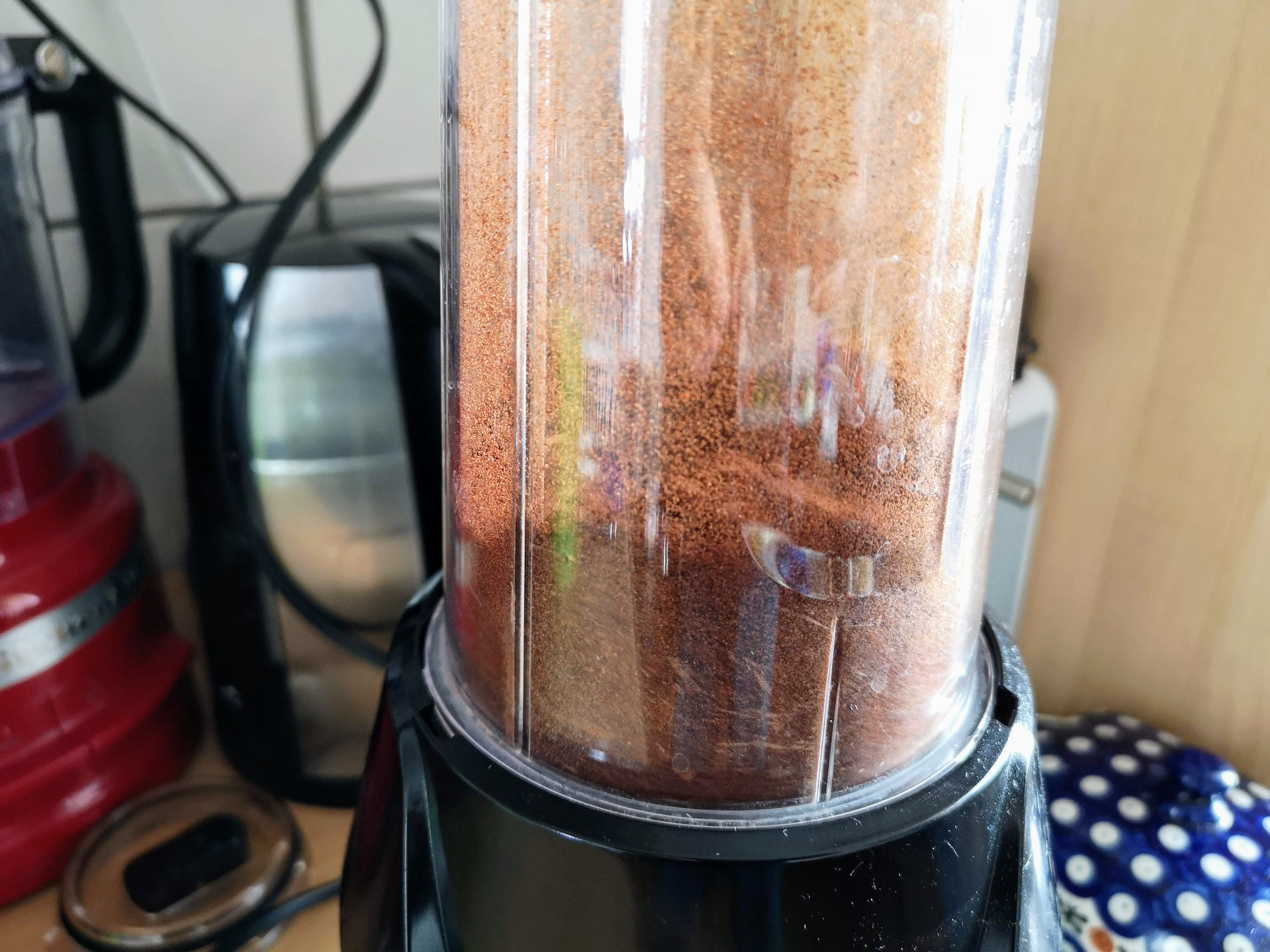
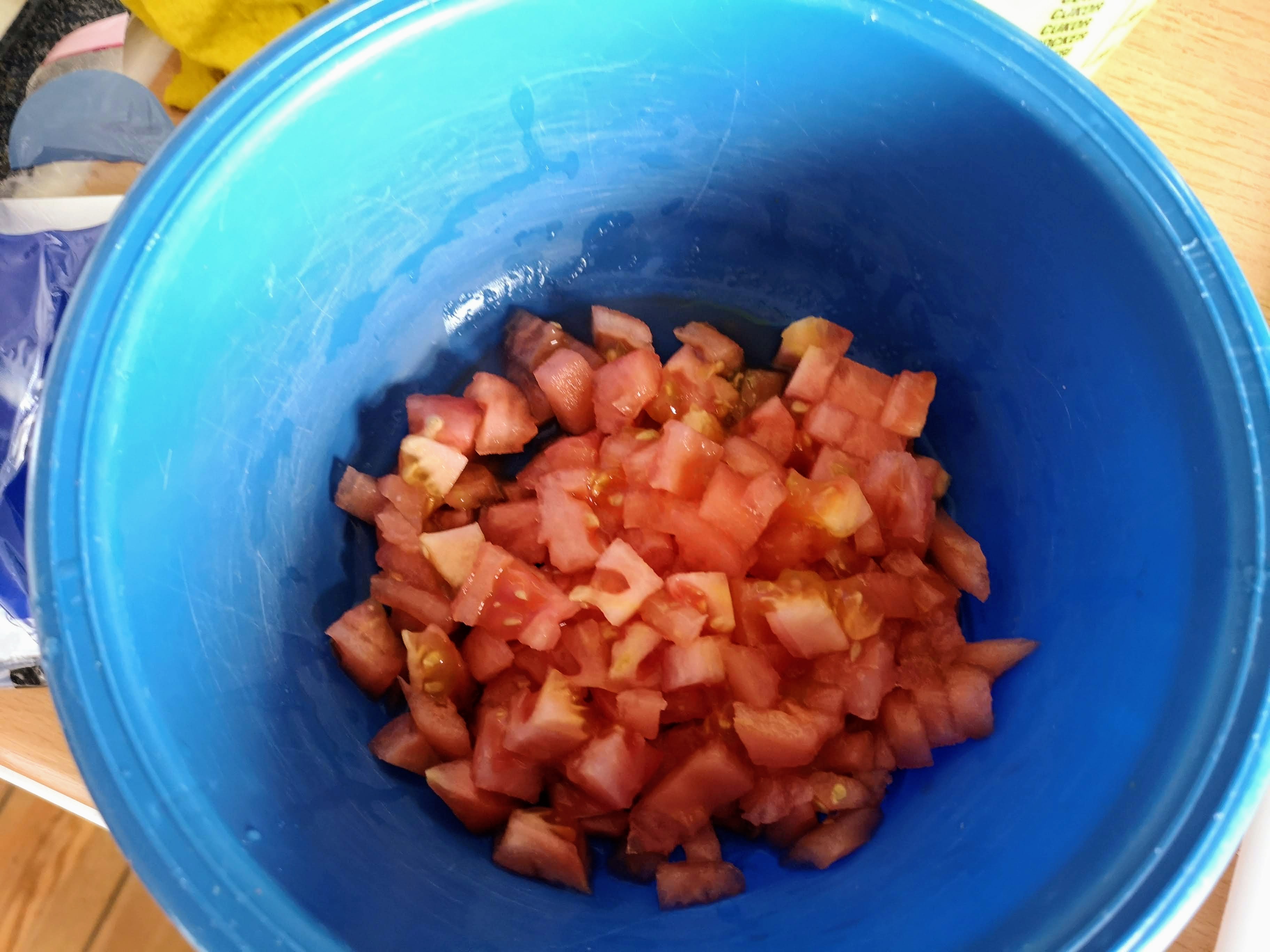





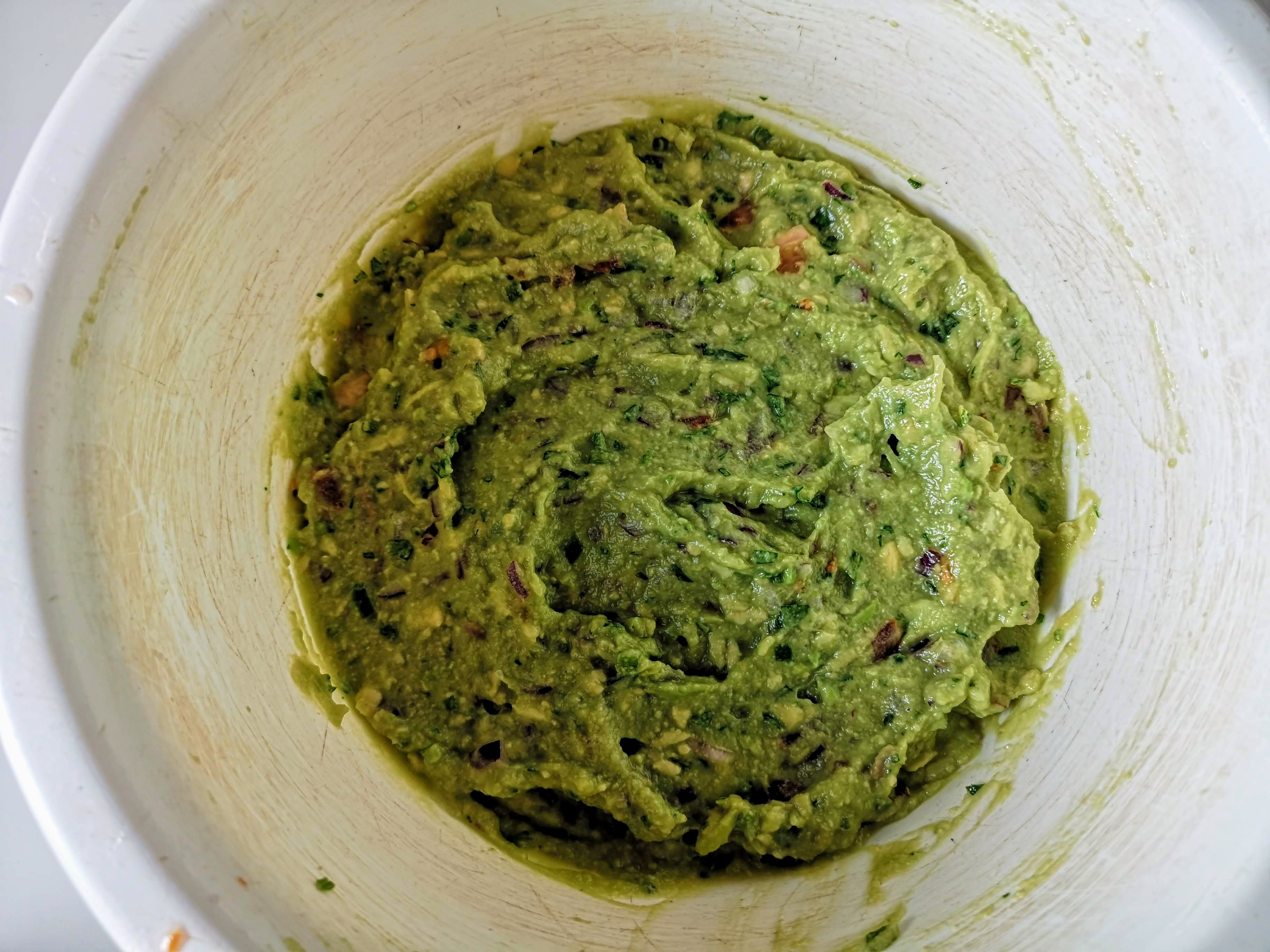



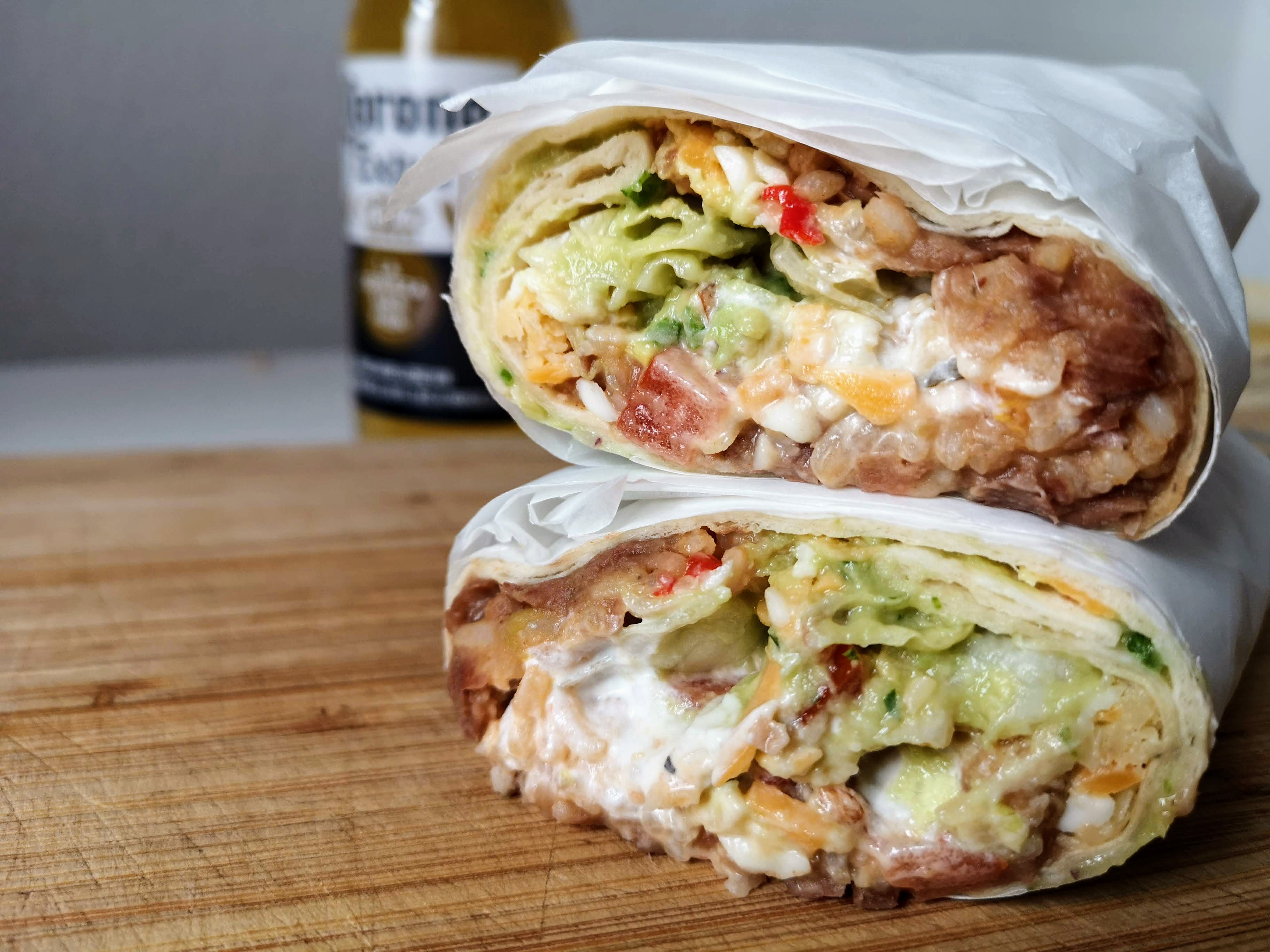



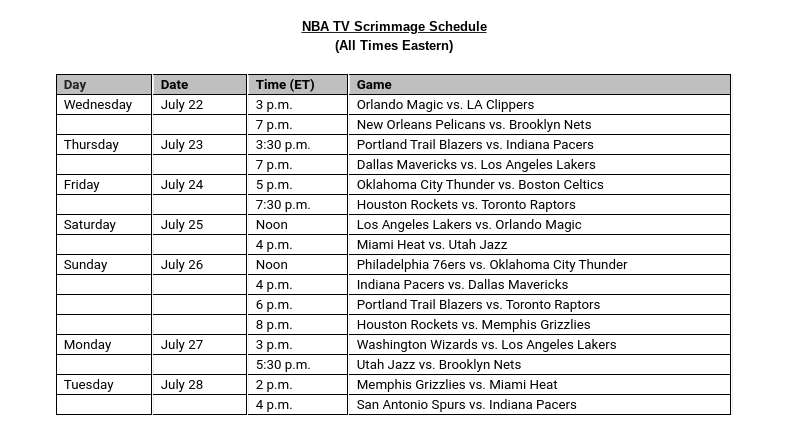

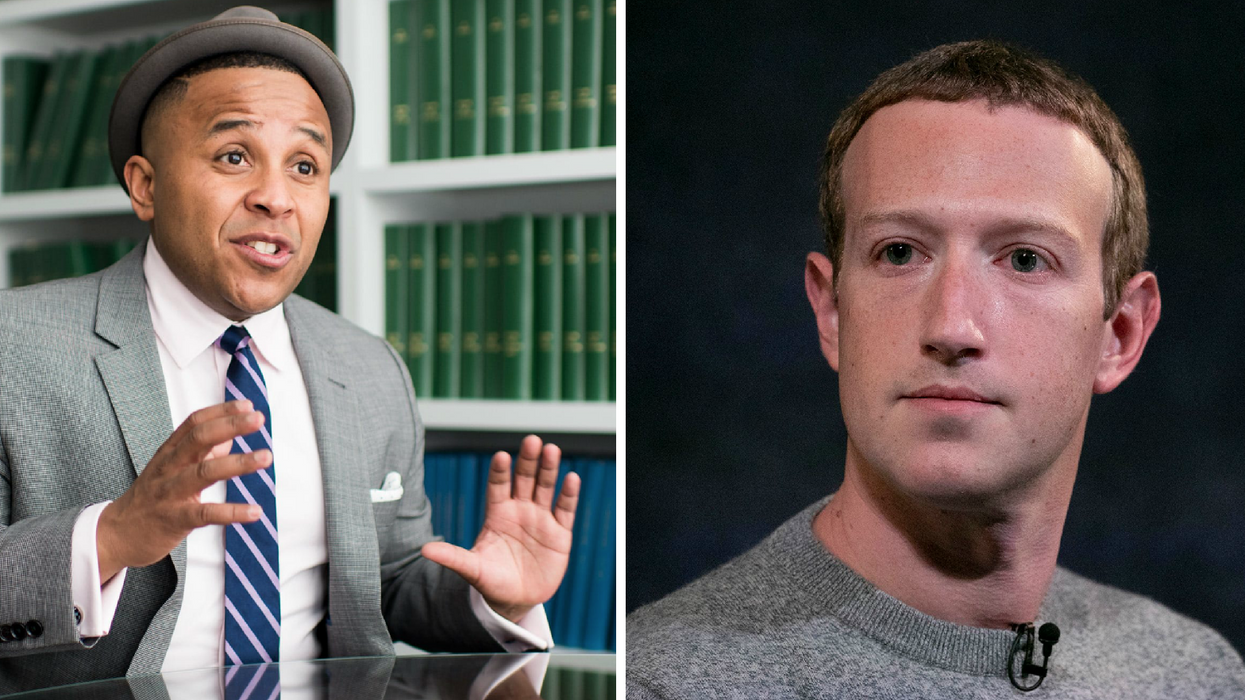
 Photo by
Photo by  Photo by
Photo by